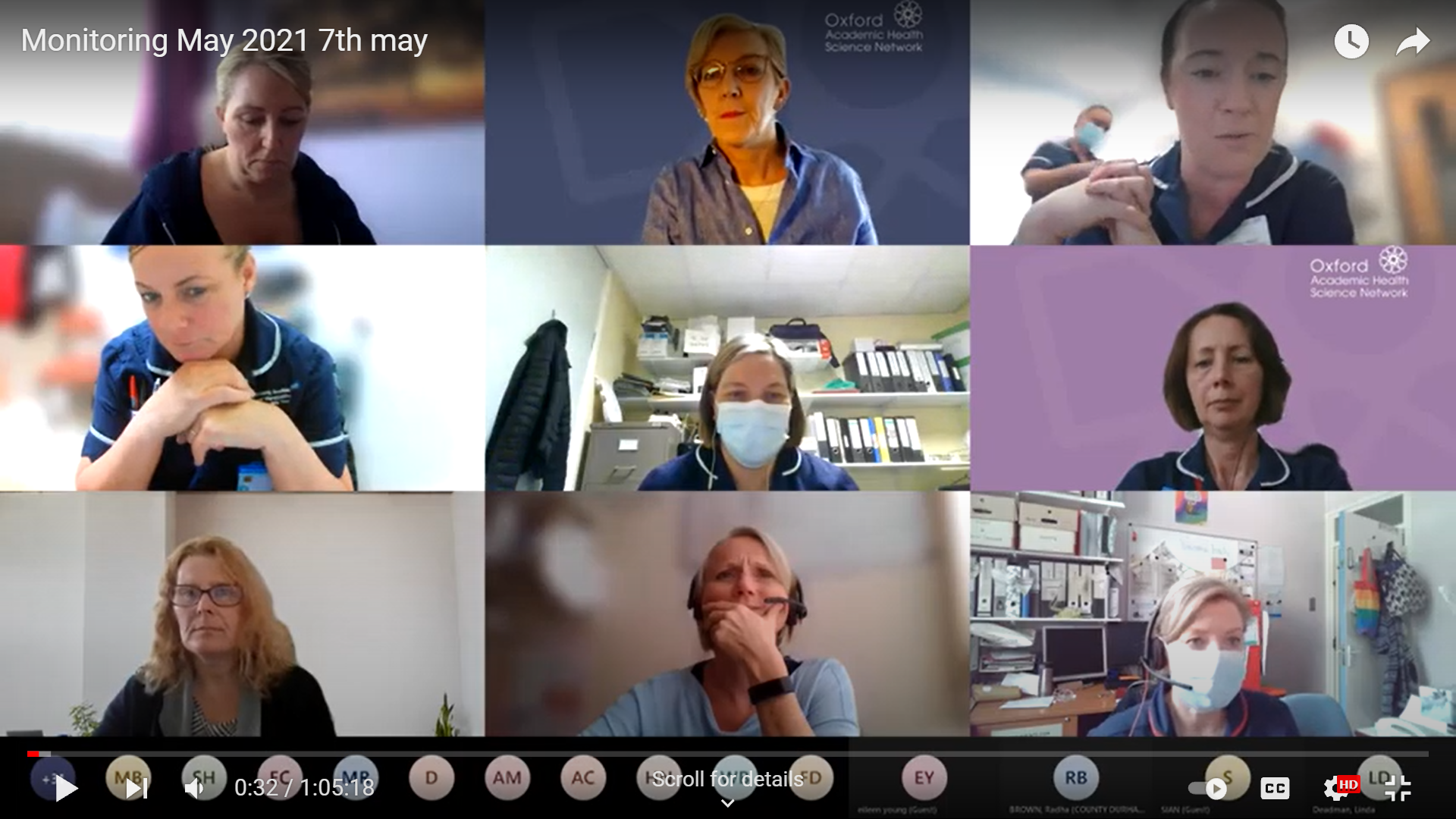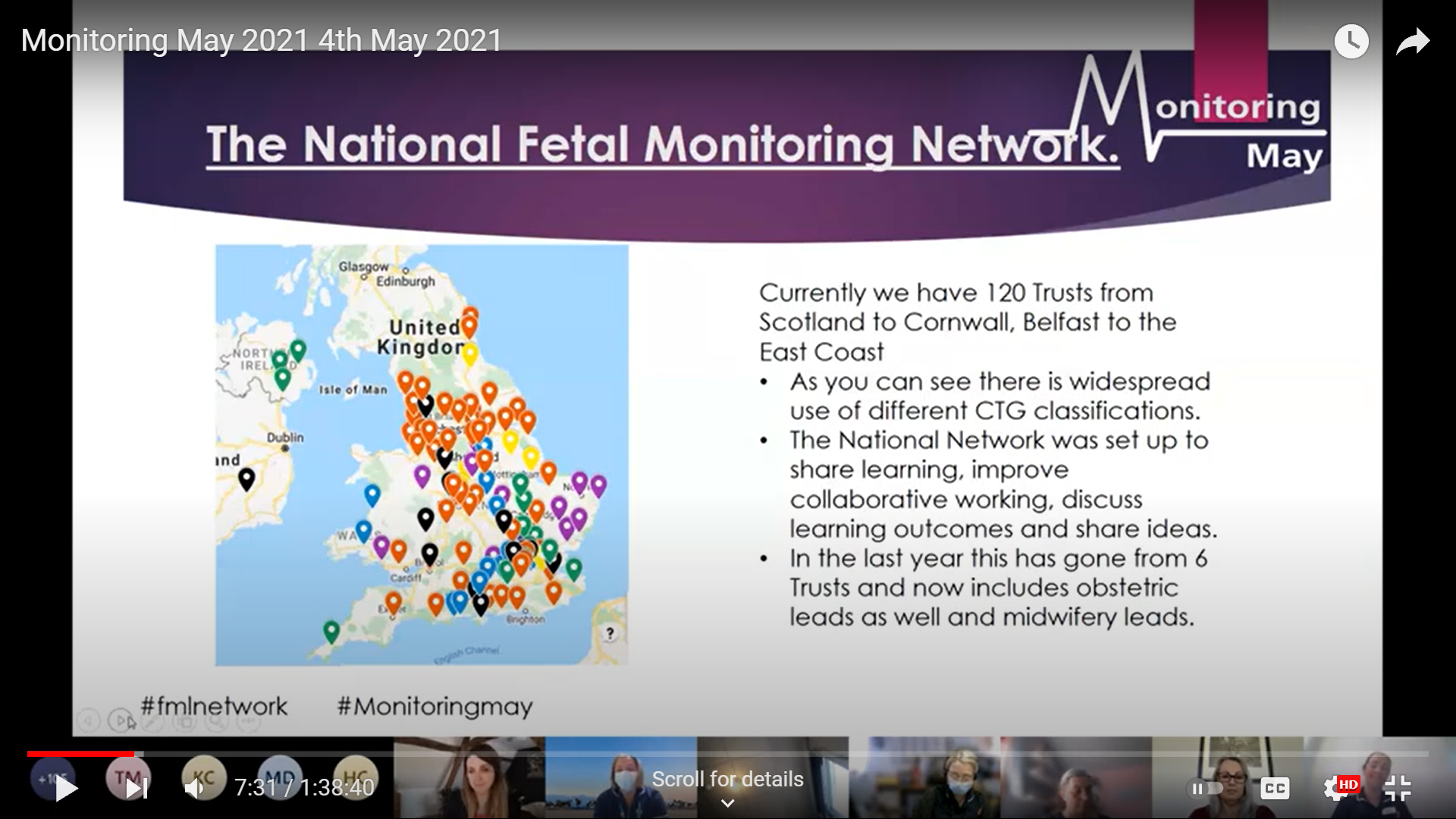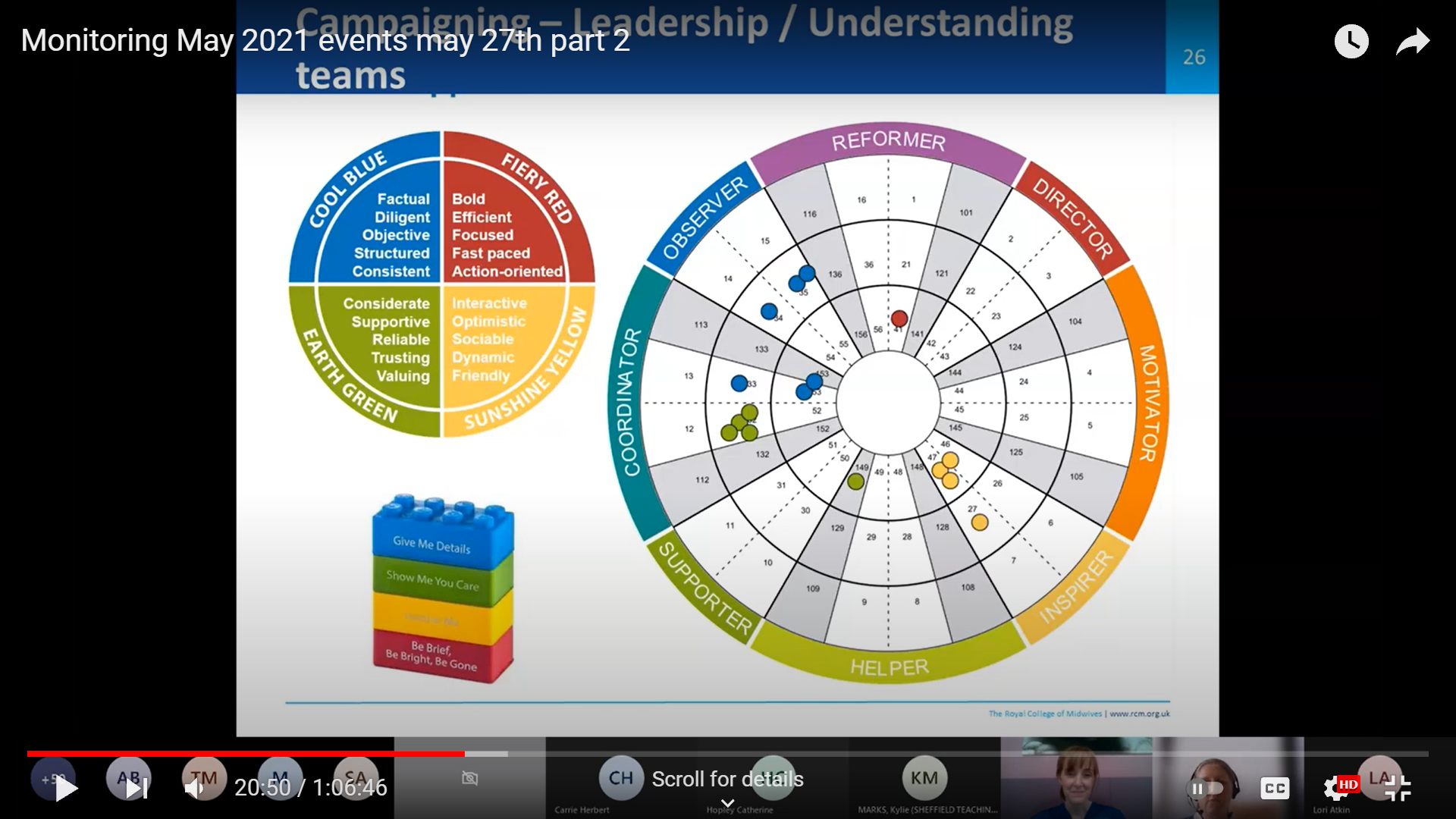On World Patient Safety Day 2021 the World Health Organisation (WHO) urged all stakeholders to ‘act now for safe and respectful childbirth’ with the theme of ‘safe maternal and newborn care’.
In March 2019 NHS England published Saving Babies Lives version 2 (SBLv2), this included information for providers and commissioners of maternity care on how to reduce perinatal mortality across England. One element of this recommends the appointment of a fetal monitoring lead with the responsibility of improving the standard of fetal monitoring.
The aim of the fetal monitoring lead is to support staff working on the labour ward to provide high quality intrapartum risk assessments and accurate CTG interpretation and should contribute to building and sustaining a safety culture on the labour ward with all staff committed to continuous improvement.
The importance of fetal monitoring was highlighted again in the Ockenden Report, published December 2020. The report recommended, as an essential action, that all maternity services must appoint a dedicated lead midwife and lead obstetrician, both with demonstrated expertise, to focus on and champion best practice in fetal monitoring.
Each Trust within the West Yorkshire and Harrogate LMS has a dedicated fetal monitoring lead who meet regularly as a group to share ideas and best practice to meet the objectives of their role
“Monitoring May, like many plans, was a sunflower grown out of a mustard seed of an idea. The original intention was to place fetal monitoring under the microscope within our own Trust for a period of a month, prior to implementing new guidance with the introduction of a more physiological based approach, whilst continuing to use the embedded NICE classification of the CTG. As echoed in the reports by ‘Each Baby Counts’ (2020), escalation, although a key theme, could not be addressed in isolation. We needed to address recognition, communication, and action of concerns raised.” - Catherine Hopley, foetal monitoring lead from the Mid Yorkshire Hospitals Trust
The success of Monitoring May lies in the collaboration between national and regional fetal monitoring networks, which enabled the project to grow into a national online event for obstetricians and midwives across the country.
The East Midlands Academic Health Sciences Network provided invaluable support with the event and facilitated the recording of Monitoring May’s discussions and presentations.

